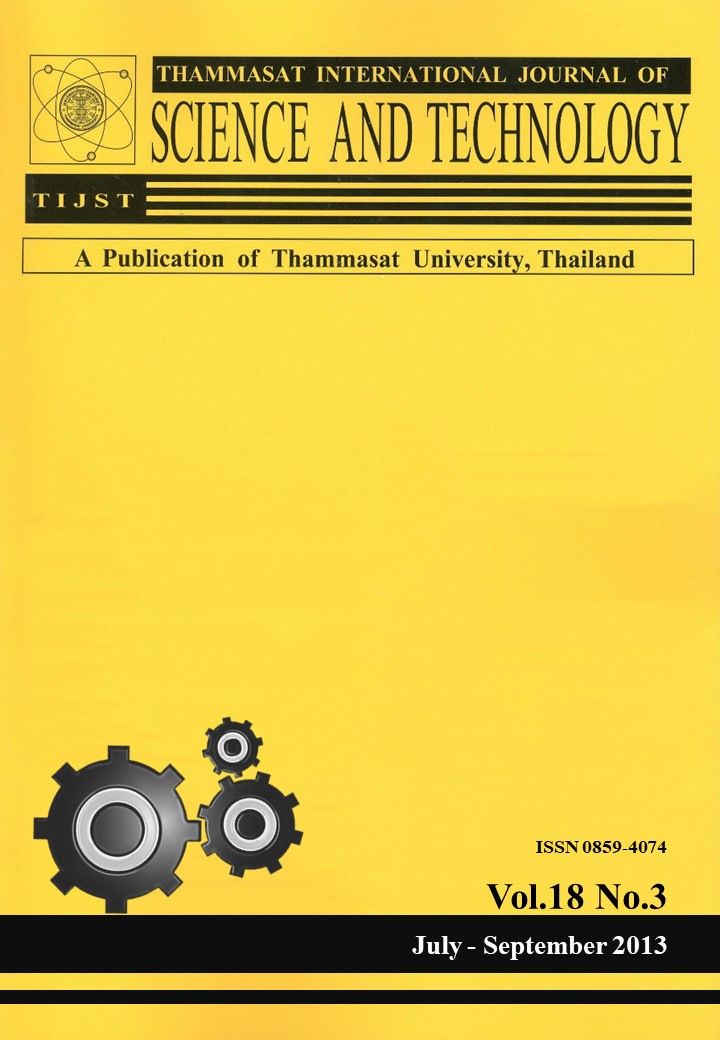Effect of Crude Glycerin on a Membrane-less Single-chamber Microbial Fuel Cell
Keywords:
microbial fuel cell, single chamber, glycerin, biodiesel waste, silicone.Abstract
A microbial fuel cell (MFC) is a novel electrochemical system that can operate on various energy sources. Some prospective renewable sources include wastewater and crude glycerin waste from biodiesel production. We investigated the effect of using crude glycerin as a supplementary nutrient for bacteria in a membrane-less single-chamber MFC. The cathode of the MFC was made of aluminum mesh, coated with silicone mixed with carbon black. The silicone layer allowed oxygen to diffuse through but prevented water inside the MFC chamber from leaking out. The anode was made of activated carbon granules in an aluminum mesh container. In each cycle of operation, which lasted about 36 hours, the MFC was filled with 1 litre of diluted activated sludge, and the output voltage was recorded over time. After the first 6-7 cycles, either 1 or 2 g of crude glycerin was mixed into the sludge solution. The addition of 1 g of crude glycerin decreased the power density from 0.34 to 0.29 mW/m3 and increased the Coulombic efficiency from 4.6 to 5.2 %. The addition of 2 g of crude glycerin decreased the power density from 0.44 to 0.01 mW/m3 and decreased the Coulombic efficiency from 2.7 to 0.7 %. The single-chamber MFC seemed to be able to utilize crude glycerin at the lower amount of 1 g per 1 litre of the sludge solution.
Keywords: microbial fuel cell; single chamber; glycerin; biodiesel waste; silicone.








